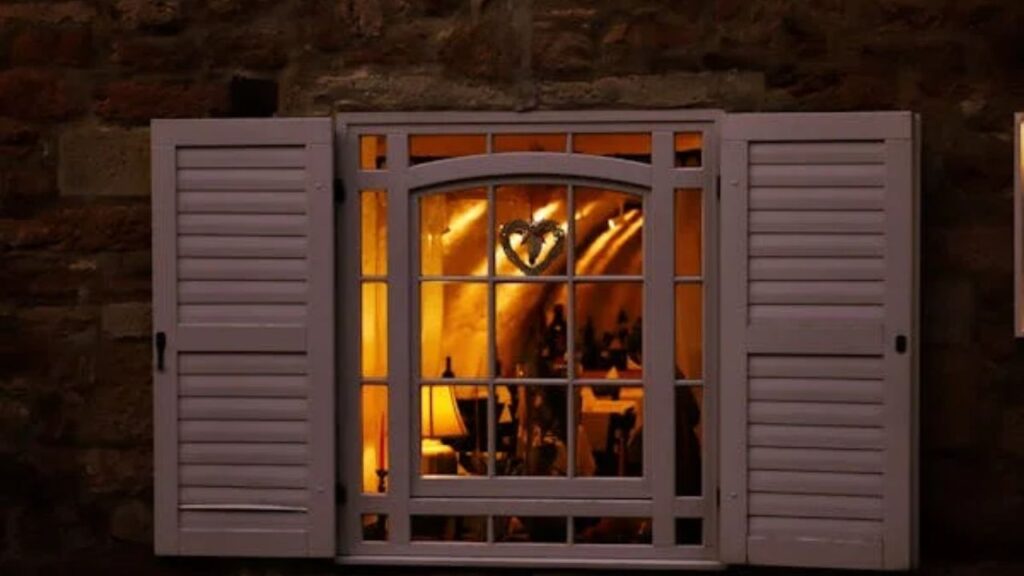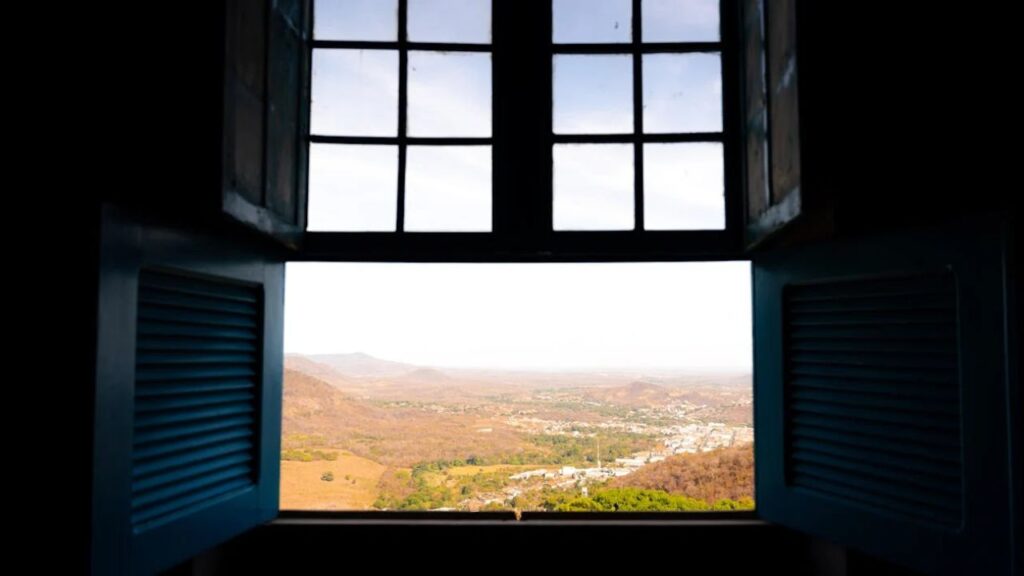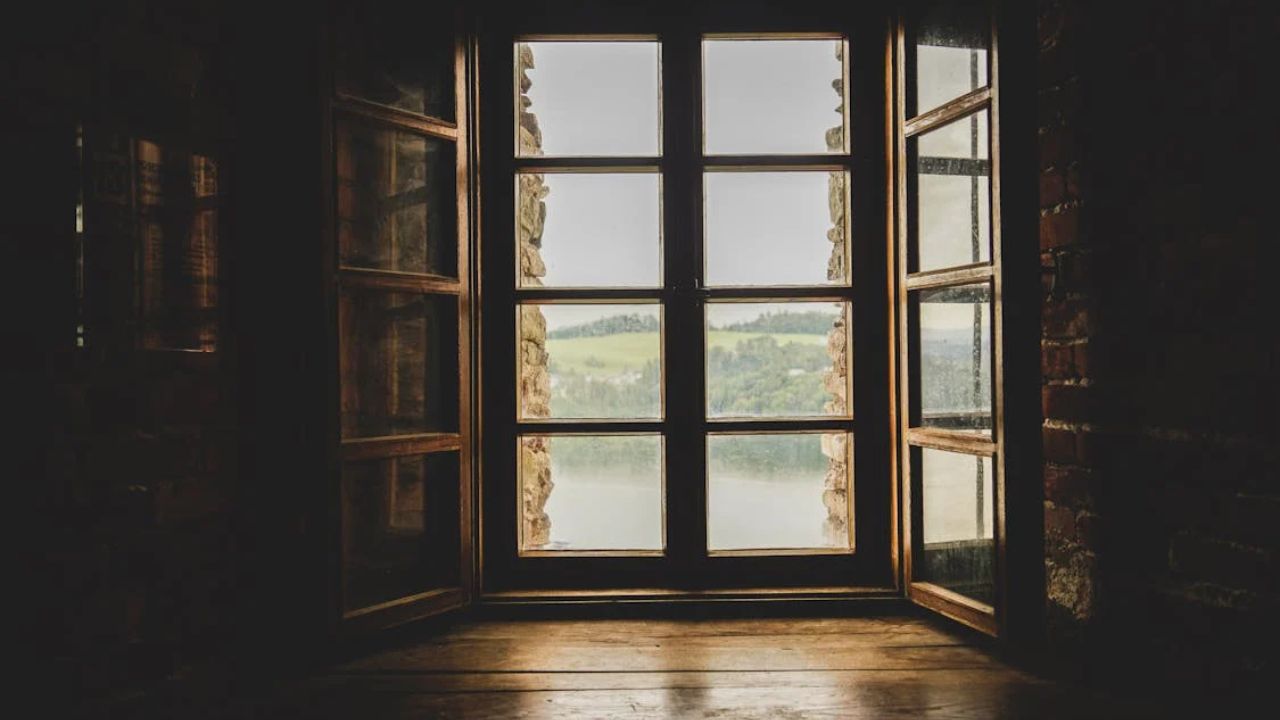For homes containing lower level windows, window well liners are absolutely vital. From improving the look of your outside to offering essential defense against water intrusion, they have several uses. The safety and comfort of your house may be much enhanced by the choice of window well liner. This book will cover all you need to know about window well liners, their advantages, installation technique, maintenance, and much more.

What Are Window Well Liners?
Specifically engineered materials called window well liners fit within your basement’s window wells. Usually excavated from the foundation, these wells are filled with gravel or soil to provide a place where natural light may enter and trash is kept from obstructing the windows. Made from many materials, including plastic, metal, and fiberglass, each of which has special advantages, liners can not only enhance the general look of your basement but also help to control water runoff and stop dirt from building up. Window well liners serve mostly to build a barrier shielding your basement windows from the outdoors.
They help to keep your windows clear by stopping dirt and trash from washing into the well. In places prone to lots of rain or snow, where water can readily gather and create issues, this is especially critical. Furthermore, some liners’ reflecting surfaces can help your basement seem more open and inviting by focusing light, therefore brightening your room.
Benefits of Using Window Well Liners
Window well liners’ capacity to stop water gathering around basement windows is among their main advantages. Water can readily collect in the open space of a window well when it rains, perhaps causing damage and leaks. By guiding water away from the window, liners help to lower the mold and mildew danger. They also could improve the curb appeal of your house. Window well liners let homeowners select designs that accentuate the outside of their house from a variety of colors and patterns. This visual appeal can increase the value of a house and make the surroundings more friendly. Still another major advantage is the insulation some liners offer. Their creation of a barrier against warm air in summer and cold air in winter helps to keep your basement’s temperature more constant.
Lower energy costs could follow from your heating and cooling systems not having to work as hard to keep pleasant inside conditions. Moreover, many window well liners are made to be robust and long-lasting, therefore lowering the need for regular replacements and repairs and so saving you money over time.
Choosing the Right Material for Your Window Well Liner
Think on the material that would best fit your situation while choosing a window well liner. Many homes would find plastic liners to be a great option as they are lightweight and corrosion-resistant. Their simplicity of installation and variety of colors enable personalizing fit for the style of your house. Although metal liners—like galvanized steel—offer strength and durability—they may need more maintenance to stop rust. Another choice with a reputation for durability and weather resistance is fiberglass liners. Additionally creating a more natural look, they might resemble stone or brick. Consider liner thickness and design in addition to material type. Though they could be more difficult to install, thinner liners could offer superior insulation and durability. Think about your local temperature and the particular conditions your window wells encounter.
In places with plenty of snow, for instance, tougher liners could be required to handle accumulated weight. To choose the ideal fit for your house, always assess your particular needs including those of budget, climate, and aesthetic taste.
Installation Process for Window Well Liners
Although it’s a quite simple process, installing window well liners calls for careful planning. Measure the width of your window properly first to guarantee the liner fits exactly. Since any gaps could let trash and water in, accurate measurements are absolutely vital. Then make sure the well is clean and clear any trash. Usually, you will want to hold plastic liners in place with landscape fabric or gravel. Follow manufacturer directions for installation if you choose metal or fiberglass liners; these may differ. Also a good idea is to examine the drainage system around your window properly before installation. Make sure it is operating as it should to stop pooling of water.
Think about covering the liner to guard it against falling leaves and trash once it’s in place. Your liner’s lifetime can be extended and maintenance requirements lowered by this additional layer of protection. Take your time and follow the required procedures since proper installation guarantees the liner’s lifetime and effective performance.

Maintenance Tips for Window Well Liners
Regular maintenance is absolutely necessary to keep your window well liners in best shape. At least twice a year, check the liners for any damage—such as rust or cracks—that would indicate Should you find any problems, take quick care to stop more damage. Additionally crucial is clearing leaves and trash that can gather in the well as these might trap moisture and cause mold development. Periodically cleaning the well and the liner will help to preserve their look and usefulness. Every few years, also think about sealing your liner waterproof locally. This can improve its water resistance and durability, therefore reducing its over-time susceptibility to harm. Make sure any decorative accents surrounding your window well don’t retain moisture or block drainage. Timely repairs and regular inspections help to reduce problems and extend the lifetime of your window well liners, therefore guaranteeing their continued efficient protection of your basement.
Common Issues and Solutions for Window Well Liners
Window well liners might have a few typical problems over time even with their advantages. Water pooling is a typical problem with poor drainage. If water is accumulating, look at your drainage system to be sure it is running as it should. Sometimes the surroundings of the well could need some changes to increase drainage. The liner not fitting tightly could also cause another problem allowing dirt and trash to enter the well. Under such circumstances, the installation can be reevaluated and required changes made will address the issue. It could be time for a replacement if you discover that your liner is cracking or displaying wear-through characteristics.
Frequent maintenance inspections enable you to identify these issues early on, therefore sparing you from later, more involved fixes. Maintaining the integrity of your basement window areas and preventing expensive water damage depends on monitoring the state of your window well liners and quickly attending to problems.
The Cost of Window Well Liners
Materials, size, and installation technique all affect the cost of window well liners greatly. Generally speaking, homeowners should budget anywhere from $50 to $200 per liner, including installation. Although plastic choices are usually more reasonably priced, metal and fiberglass liners could cost more because of their durability and visual appeal. If you are thinking about professional installation, it is wise to seek several quotations from contractors. When you budget for your window well liners, take long-term savings related to avoiding water damage and preserving energy efficiency into account in addition to the initial cost. Purchasing high-quality window well liners will pay off by lowering future expensive repair risk. To identify the best goods and services, always carefully consider your selections and don’t hesitate to ask other homeowners for ideas or reviews.
Enhancing Your Home’s Aesthetic with Window Well Liners
Window well liners improve the outside of your house much beyond their practical use. There is a liner that fits the architecture and landscape of your house among the several colors and designs. To give the well more appeal, think about surrounding it with ornamental stones or plants. Some homeowners even decide to add window well covers, which enhance the general look and provide another layer of security. Especially in the evening, adding lights around your window wells will improve their visual attractiveness. Lights may highlight your landscaping and give your house’s front more character. They can also light the space. Investing in the functional as well as the decorative features of window well liners can provide your basement windows with a lovely and useful solution. This not only improves the curb attractiveness of your house but also makes visitors welcome.

The Environmental Impact of Window Well Liners
Given growing awareness of environmental impact among homeowners, one should take sustainability of window well liners into account. Many current liners are composed of recycled materials, encouraging environmentally beneficial behavior and helping to lower waste. These liners also help your house be energy efficient by preventing water damage. Maintaining a dry basement will help to lessen the demand for too much heating and cooling, so minimizing your energy costs. Look for window well liners that give sustainability first priority so you might help the environment. Many companies are increasingly creating aesthetically pleasing and functionally useful environmentally friendly choices. Selecting sustainable materials not only improves the efficiency of your house but also helps the building sector adopt ecologically friendly methods. For next generations, this deliberate decision might result in a more sustainable living environment.
DIY vs. Professional Installation of Window Well Liners
Making the decision to either pay a professional or install window well liners yourself might be difficult. Though it involves some degree of expertise and ability, DIY installation can save you money and provide you a sense of success. You might find success in a do-it-yourself strategy if you enjoy tools and have experience with house renovation projects. But hiring an expert guarantees correct installation and peace of mind if you’re not sure or have intricate window well designs. When thinking about do-it-yourself installation, carefully study the tools and materials.
Many web guides and tutorials can help you methodically navigate through the process. If you decide to call a contractor, though, search for someone with stellar references and experience. By evaluating your particular requirements and suggesting the best solutions, an expert can save you time and possible trouble down the road. To decide the appropriate course of action for your circumstances, thoroughly consider the advantages and drawbacks.
Future Trends in Window Well Liners
The window well liner business is changing as new trends develop to improve appearance and utility. Materials’ innovations help liners to be more weather-resistant and durable. Furthermore becoming a trend is smart technology integration, with choices for automatic drainage systems reacting to rainfall. Additionally shifting toward environmentally friendly solutions, homeowners are looking for liners with low influence on the surroundings. Window well liners should show even more capabilities as technology develops, like built-in insulation or customisable designs. Energy efficiency and sustainability are becoming top priorities for homeowners, which fuels demand for creative goods. By keeping current with these trends, you can guarantee you select the greatest window well liners and improve your options for your house. Monitoring industry developments can help you to find the newest choices that improve design and utility.
Difference Table
| Feature | Plastic Liners | Metal Liners | Fiberglass Liners |
| Fiberglass Liners | Lightweight and corrosion-resistant | Durable but may rust | Long-lasting and weather-resistant |
| Installation | Easy to install | Requires more effort | May need professional installation |
| Cost | Generally more affordable | Mid-range to high | Higher initial cost |
| Aesthetics | Available in various colors | Limited design options | Can mimic natural stone or brick |
| Maintenance | Low maintenance | May require rust prevention | Low maintenance |
| Insulation | Moderate insulation properties | Minimal insulation | Good insulation properties |
| Durability | Can crack under extreme conditions | Very durable | Highly durable |
| Environmental Impact | Often made from recycled materials | Not typically eco-friendly | Highly durable |
Conclusion
All things considered, each homeowner with basement windows should make a necessary investment in window well liners. They enhance appearance, guard against water damage, and occasionally help to increase energy efficiency. Knowing the several materials, techniques of installation, and maintenance advice helps you to make wise judgments that will eventually help your house. Investing in quality window well liners will improve the safety and comfort of your house whether you decide to install them yourself or call on a professional. The proper window well liner will ultimately turn your basement windows from a weakness into a great point of interest for your house. Invest now to get the peace of mind knowing your basement is under protection. Your window well liners will last for many years with proper maintenance, therefore ensuring that your house is a safe and pleasant place for you and your family.
FAQ’s
1. What are window well liners?
Installed within window wells, window well liners are protective barriers that stop water collection and trash from getting into basements, therefore improving the visual appeal of the space.
2. Where can I buy window well liners?
Among other home renovation shops, Home Depot and Lowe’s have window well liners ranging in materials from plastic to metal to pleasing stone-like selections.
3. What types of materials are available for window well liners?
Among common materials with varying advantages in terms of lifetime and style are lightweight plastic, strong galvanized metal, and beautiful stone-like liners.
4. How do I install window well liners?
Usually, installation consists simply measuring the window well, cutting the liner to suit, and fastening it in place using landscape cloth or glue. Many items include thorough directions for do-it-yourself installation.
5. Are DIY window well liners a good option?
For homeowners, do-it-yourself window well liners might be a really affordable and unique alternative. Using appropriate equipment and materials will help you to design liners that fit your particular requirements and emphasize the outside of your property.
